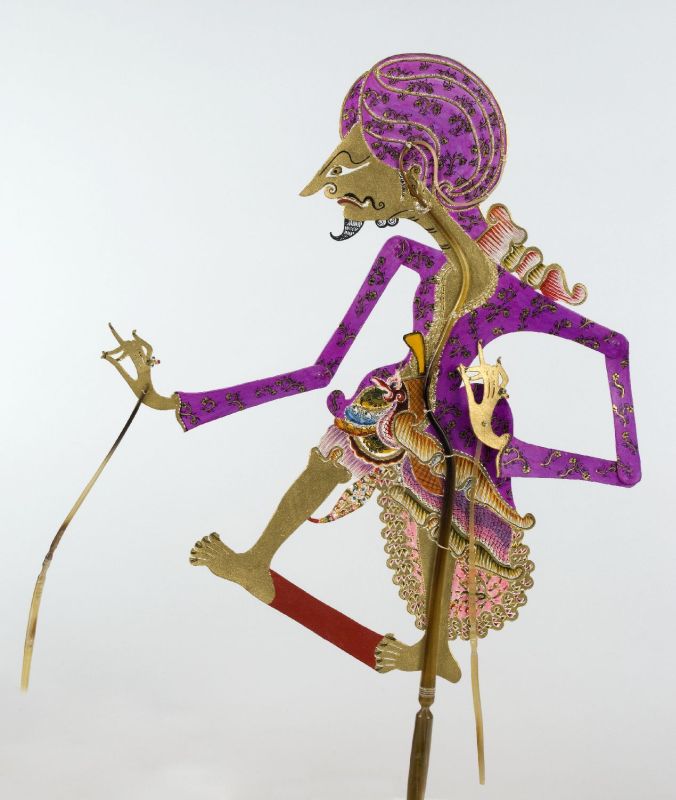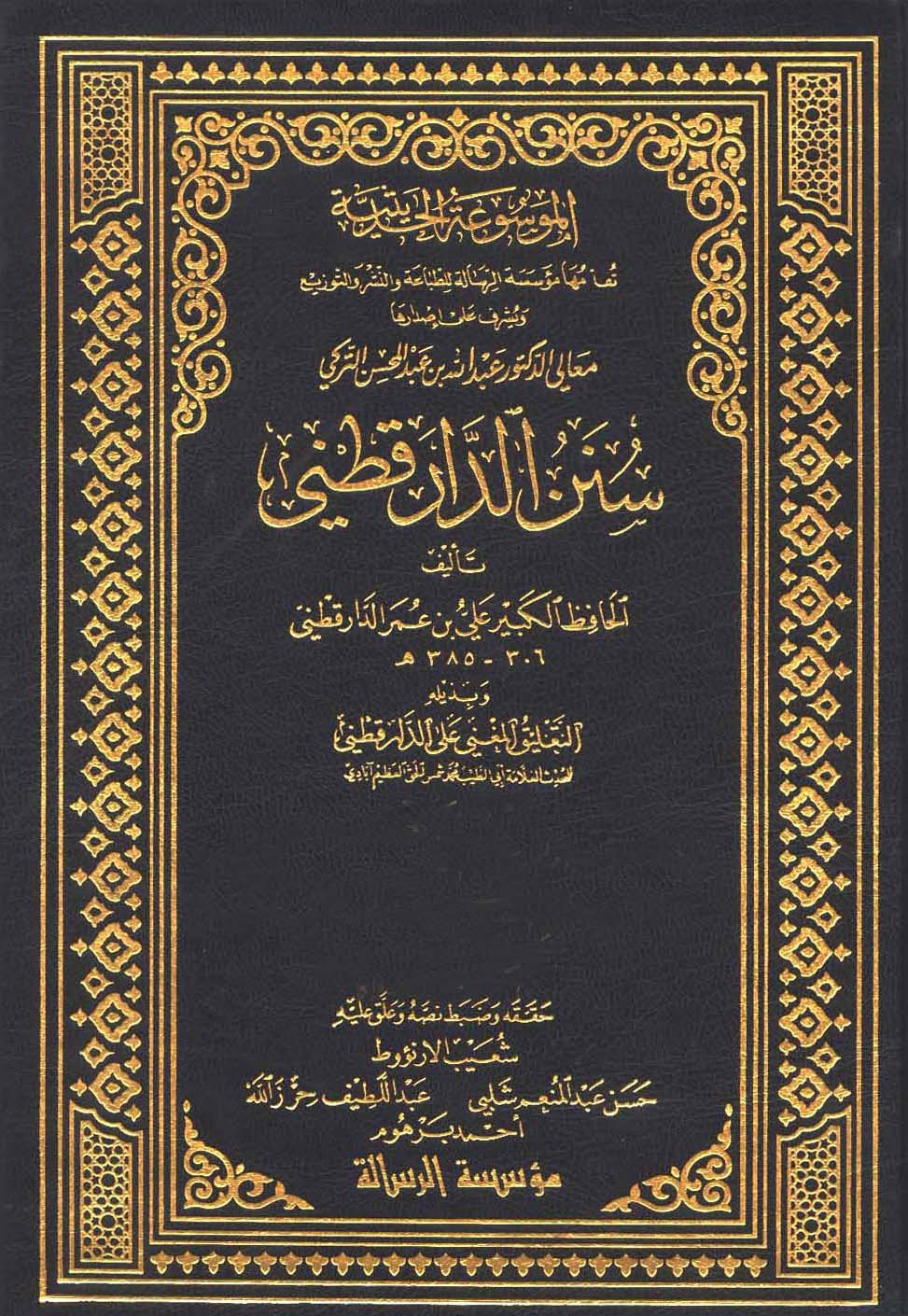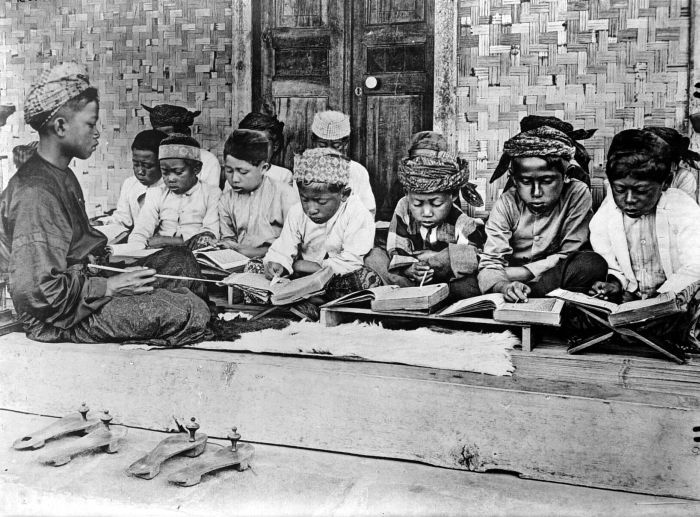|
Faqih Usman
Fakih Usman (Alternatively spelled as Faqih Usman; ; 2 March 1904 – 3 October 1968) was an Indonesian Islamic leader and politician of the Masyumi Party. He twice served as the Minister of Religious Affairs under the cabinets of Abdul Halim and Wilopo from January until September 1950, and again from 1952 until 1953. In his early years, Fakih was criticized by conservative Muslims for his involvement with the modernist Islamic Muhammadiyah organization, though he is remembered fondly by the group. Born to a merchant and his wife in Gresik, Dutch East Indies, Fakih studied with his father and at a series of ''pesantren'' (Islamic boarding schools) until the 1920s. In 1925 he became involved with the Muhammadiyah, rising quickly through the leadership until he became the head of the Surabaya branch in 1938. He was also active in local politics, in 1937, he became the treasurer of the Indonesian Islamic Assembly. He continued to be involved in politics and Islamic groups ... [...More Info...] [...Related Items...] OR: [Wikipedia] [Google] [Baidu] |
Kyai
A kyai ( ) is an expert in Islam, usually used among the ethnic Javanese people. Origins The word is of Javanese origin. Sometimes it is spelled kiai. Traditionally, students of Islam in Indonesia would study in a boarding school known as a pesantren. The leader of the school was called kyai, as a form of respect. The traditional word for a teacher in Islam is ustad, which is a Persian word. There are many ustads in Indonesia who teach the religion, but most of them do not have a boarding school. Education Kiai were educated in various pesantren: A student in a pesantren is called a santri. After the founding kyai of a pesantren dies, his son or another santri may take over the supervision of the school, and would then be called kyai. It is possible for a large boarding school to have several kyai living and teaching there. However, most pesantren have a few hundred students, with only one person who is called kyai. The other teachers in the school are called ustadz. Many Ind ... [...More Info...] [...Related Items...] OR: [Wikipedia] [Google] [Baidu] |
Halim Cabinet
The Halim Cabinet was the second and final cabinet of the Republic of Indonesia while it was one of 16 states in the United States of Indonesia. It served from 22 January until 15 August 1950, when the United States of Indonesia was dissolved and Indonesia once again became a unitary state. Composition Cabinet Leadership *Prime Minister: Abdul Halim *Deputy Prime Minister, also responsible for general affairs: Abdul Hakim (Masyumi Party) Departmental Ministers *Minister of Home Affairs: Soesanto Tirtoprodjo (Indonesian National Party – PNI) *Minister of Justice: A.G. Pringgodigdo *Minister of Information: Wiwoho Purbohadidjojo (Masyumi Party) *Minister of Finance: Lukman Hakim (Indonesian National Party – PNI) *Minister of Agriculture: Sadjarwo Djarwonagoro (Indonesian Peasants Front - BTI) *Minister of Trade and Industry: Tandiono Manu (Socialist Party of Indonesia - PSI) *Minister of Public Works and Transport: Mananti Sitompul (Indonesian Christian Party, Parkindo) ... [...More Info...] [...Related Items...] OR: [Wikipedia] [Google] [Baidu] |
Sunnah
In Islam, , also spelled ( ar, سنة), are the traditions and practices of the Islamic prophet Muhammad that constitute a model for Muslims to follow. The sunnah is what all the Muslims of Muhammad's time evidently saw and followed and passed on to the next generations. According to classical Islamic theories, the sunnah are documented by hadith (the verbally transmitted record of the teachings, deeds and sayings, silent permissions or disapprovals of Muhammad), and along with the Quran (the book of Islam), are the divine revelation ('' Wahy'') delivered through Muhammad Brown, ''Rethinking tradition in modern Islamic thought'', 1996: p.7 that make up the primary sources of Islamic law and belief/theology. Differing from Sunni classical Islamic theories are those of Shia Muslims, who hold that the Twelve Imams interpret the sunnah, and Sufi who hold that Muhammad transmitted the values of sunnah "through a series of Sufi teachers." According to Muslim belief, Muhammad was the ... [...More Info...] [...Related Items...] OR: [Wikipedia] [Google] [Baidu] |
Qur'an
The Quran (, ; Standard Arabic: , Quranic Arabic: , , 'the recitation'), also romanized Qur'an or Koran, is the central religious text of Islam, believed by Muslims to be a revelation from God. It is organized in 114 chapters (pl.: , sing.: ), which consist of verses (pl.: , sing.: , cons.: ). In addition to its religious significance, it is widely regarded as the finest work in Arabic literature, and has significantly influenced the Arabic language. Muslims believe that the Quran was orally revealed by God to the final prophet, Muhammad, through the archangel Gabriel incrementally over a period of some 23 years, beginning in the month of Ramadan, when Muhammad was 40; and concluding in 632, the year of his death. Muslims regard the Quran as Muhammad's most important miracle; a proof of his prophethood; and the culmination of a series of divine messages starting with those revealed to Adam, including the Torah, the Psalms and the Gospel. The word ''Quran'' occurs so ... [...More Info...] [...Related Items...] OR: [Wikipedia] [Google] [Baidu] |
Ahmad Dahlan
Kyai Haji Ahmad Dahlan (born as Muhammad Darwis; ar, أحمد دحلان; 1 August 1868 – 23 February 1923), often abbreviated to K.H. Ahmad Dahlan, was an Indonesian Muslim religious leader and revivalist, who established the Muhammadiyah organization. Which would become one of the largest muslim organizations in Indonesia, second only to the Nahdlatul Ulama. Born in Kauman, Yogyakarta, he was the son of an imam of a local mosque, and traced his origins from the lineage of Muhammad. Ahmad Dahlan performed the Hajj pilgrimage when he was 15 years old, and he lived in Mecca for another five years. There, he became involved with reformist thoughts within Islam. He returned to Indonesia in 1888. In 1903, he went to Mecca again to deepen his religious knowledge. He returned to Indonesia in 1905, and two years later, he joined the Budi Utomo organization. However, his supporters urged him to create his own organization. In 1912, he created the Muhammadiyah organizat ... [...More Info...] [...Related Items...] OR: [Wikipedia] [Google] [Baidu] |
Priyayi
''Priyayi'' (former spelling: ''Prijaji'') was the Dutch East Indies, Dutch-era class of the nobles of the robe, as opposed to royal nobility or ''ningrat'' (Javanese language, Javanese), in Java, Indonesia, the List of islands by population, world's most populous island. ''Priyayi'' is a Javanese word originally denoting the descendants of the ''adipati'' or governors, the first of whom were appointed in the 17th century by the Sultan Agung of Mataram to administer the principalities he had conquered. Initially court officials in pre-colonial kingdoms, the ''priyayi'' moved into the colonial civil service and then on to administrators of the modern Indonesian republic. Pre-colonial period The Mataram Sultanate, an Islamic polity in south central Java that reached its peak in the 17th century, developed a Kraton (Indonesia), ''kraton'' ("court") culture from which the Sultan emerged as a charismatic figure that rules over a relatively independent aristocracy. Named ''para yay ... [...More Info...] [...Related Items...] OR: [Wikipedia] [Google] [Baidu] |
Ulama
In Islam, the ''ulama'' (; ar, علماء ', singular ', "scholar", literally "the learned ones", also spelled ''ulema''; feminine: ''alimah'' ingularand ''aalimath'' lural are the guardians, transmitters, and interpreters of religious knowledge in Islam, including Islamic doctrine and law. By longstanding tradition, ulama are educated in religious institutions ''(madrasas)''. The Quran and sunnah (authentic hadith) are the scriptural sources of traditional Islamic law. Traditional way of education Students do not associate themselves with a specific educational institution, but rather seek to join renowned teachers. By tradition, a scholar who has completed his studies is approved by his teacher. At the teacher's individual discretion, the student is given the permission for teaching and for the issuing of legal opinions ''( fatwa)''. The official approval is known as the '' ijazat at-tadris wa 'l-ifta'' ("license to teach and issue legal opinions"). Through time, ... [...More Info...] [...Related Items...] OR: [Wikipedia] [Google] [Baidu] |
East Java
East Java ( id, Jawa Timur) is a Provinces of Indonesia, province of Indonesia located in the easternmost hemisphere of Java island. It has a land border only with the province of Central Java to the west; the Java Sea and the Indian Ocean border its northern and southern coasts, respectively, while the narrow Bali Strait to the east separates Java from Bali by around . Located in eastern Java (island), Java, the province also includes the island of Madura Island, Madura (which is connected to Java by the longest bridge in Indonesia, the Suramadu Bridge), as well as the Kangean Islands, Kangean islands and other smaller island groups located further east (in the northern Bali Sea) and Masalembu Islands, Masalembu archipelagos in the north. Its capital is Surabaya, the Largest cities in Indonesia, second largest city in Indonesia, a major industrial center and also a major business center. Banyuwangi is the largest regency in East Java and the largest on the island of Java. The p ... [...More Info...] [...Related Items...] OR: [Wikipedia] [Google] [Baidu] |
Indonesian National Revolution
The Indonesian National Revolution, or the Indonesian War of Independence, was an armed conflict and diplomatic struggle between the Republic of Indonesia and the Dutch Empire and an internal social revolution during Aftermath of WWII, postwar and Dutch East Indies#World War II and independence, postcolonial Indonesia. It took place between Indonesian Declaration of Independence, Indonesia's declaration of independence in 1945 and the Netherlands' Dutch–Indonesian Round Table Conference, transfer of sovereignty over the Dutch East Indies to the Republic of the United States of Indonesia at the end of 1949. The four-year struggle involved sporadic but bloody armed conflict, internal Indonesian political and communal upheavals, and two major international diplomatic interventions. Dutch military forces (and, for a while, the forces of the World War II Allies, World War II allies) were able to control the major towns, cities and industrial assets in Republican heartlands on Ja ... [...More Info...] [...Related Items...] OR: [Wikipedia] [Google] [Baidu] |
Japanese Occupation Of Indonesia
The Empire of Japan occupied the Dutch East Indies (now Indonesia) during World War II from March 1942 until after the end of the war in September 1945. It was one of the most crucial and important periods in modern Indonesian history. In May 1940, Germany occupied the Netherlands, and martial law was declared in the Dutch East Indies. Following the failure of negotiations between the Dutch authorities and the Japanese, Japanese assets in the archipelago were frozen. The Dutch declared war on Japan following the 7 December 1941 Attack on Pearl Harbor. The Japanese invasion of the Dutch East Indies began on 10 January 1942, and the Imperial Japanese Army overran the entire colony in less than three months. The Dutch surrendered on 8 March. Initially, most Indonesians welcomed the Japanese as liberators from their Dutch colonial masters. The sentiment changed, however, as between 4 and 10 million Indonesians were recruited as forced labourers ('' romusha'') on economic dev ... [...More Info...] [...Related Items...] OR: [Wikipedia] [Google] [Baidu] |
Surabaya
Surabaya ( jv, ꦱꦸꦫꦧꦪ or jv, ꦯꦹꦫꦨꦪ; ; ) is the capital city of the Provinces of Indonesia, Indonesian province of East Java and the List of Indonesian cities by population, second-largest city in Indonesia, after Jakarta. Located on the northeastern border of Java island, on the Madura Strait, it is one of the earliest port cities in Southeast Asia. According to the Government of Indonesia, National Development Planning Agency, Surabaya is one of the Regions of Indonesia#Development regions, four main central cities of Indonesia, alongside Jakarta, Medan, and Makassar. The city has a population of 2.87 million within its city limits at the 2020 census and 9.5 million in the extended Surabaya metropolitan area, making it the List of metropolitan areas in Indonesia, second-largest metropolitan area in Indonesia. The city was settled in the 10th century by the Janggala, Kingdom of Janggala, one of the two Javanese kingdoms that was formed in 1045 when ... [...More Info...] [...Related Items...] OR: [Wikipedia] [Google] [Baidu] |
Pesantren
''Pesantren'', or ''pondok pesantren'', are Islamic boarding schools in Indonesia. They consist of pondok, mosque, santri, teaching of classical Islamic texts and Kyai.Zamakhsyari Dhofie''The Pesantren Tradition: A Study of the Role of the Kyai in the Maintenance of the Traditional Ideology of Islam in Java''Tempe, AZ: Arizona State University Program for Southeast Asian Studies Monograph Series. According to one popular tradition, the ''pesantren'' education system originated from traditional Javanese ''pondokan''; dormitories; ashram for Hindu or viharas for Buddhists to learn religious philosophies, martial arts and meditation. Institutions much like them are found across the Islamic world and are called ''pondok'' in Malaysia and Southern Thailand and '' madrasa Islamia'' (Islamic madrasa) in India and Pakistan and much of the Arabic-speaking world. The ''pesantren'' aim is to deepen knowledge of the Qurʾān, particularly through the study of Arabic, traditions of exegesis, ... [...More Info...] [...Related Items...] OR: [Wikipedia] [Google] [Baidu] |








